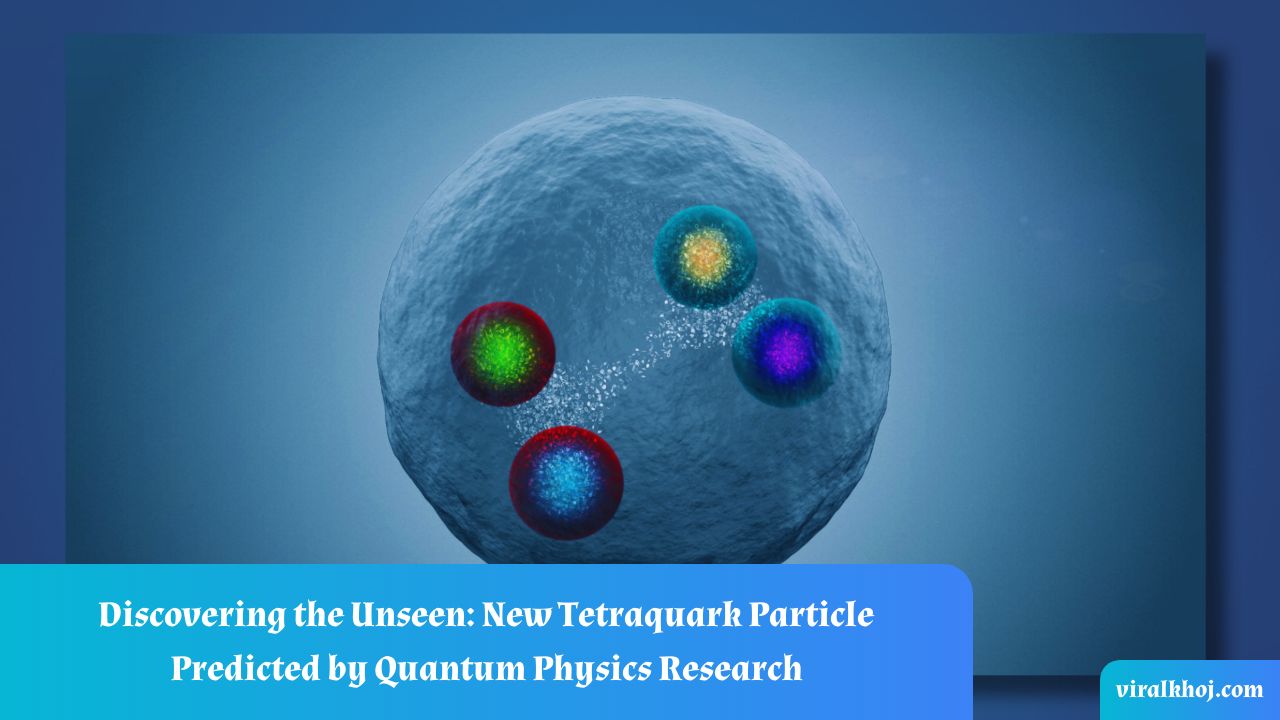Spreading Quantum Entanglement Through City Networks: The Future of Quantum Internet
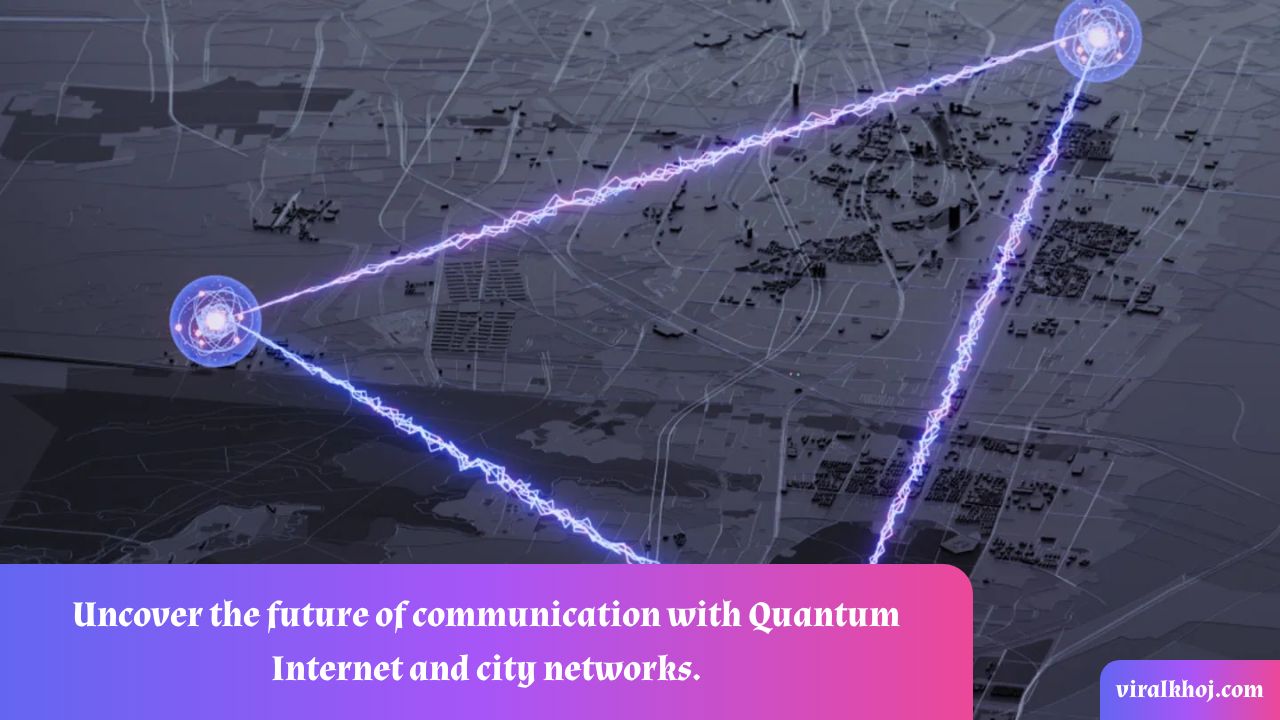
Quantum entanglement, the phenomenon where two or more particles become connected in such a way that their states are intertwined, has long been a topic of fascination in the world of physics. Now, scientists are taking the concept of entanglement to new heights by exploring how it can be spread through city networks, paving the way for the future of the quantum internet.
One of the key components of a quantum network is a quantum memory. These devices store delicate information at the quantum level and are essential for establishing quantum connections or entanglement. Quantum memories are crucial for enabling secure communication and linking up quantum computers across vast distances.
In recent groundbreaking experiments, two teams of scientists have successfully entangled quantum memories within networks located in cities. These real-world implementations mark an important step towards the development of future quantum networks.
In Boston and Cambridge, Massachusetts, researchers created a network consisting of two entangled quantum memories connected by a 35-kilometer fiber link. This network maintained entanglement for approximately one second, which is a significant achievement in the realm of quantum physics. The quantum memories used in this experiment were built from diamonds, where a defect in the diamond's structure served as a quantum bit, or qubit. By manipulating these qubits and using photons as intermediaries, the scientists were able to entangle the quantum memories.
Meanwhile, in Hefei, China, another team of researchers achieved entanglement in a network with three quantum memories separated by fiber links of about 20 kilometers. In this experiment, the quantum memory was based on a large ensemble of rubidium atoms. By measuring photons emitted by the atoms and carefully stabilizing the phase of the fiber links, the team successfully generated entanglement between different parts of the network.
Both experiments demonstrated the concept of "heralded" entanglement, where a signal is sent to confirm the establishment of entanglement. This confirmation is crucial for practical applications of quantum networks, as it ensures that the entanglement persists long enough for information to be transmitted across the network.
These groundbreaking studies showcase the potential of quantum networks in real-world settings. The ability to entangle quantum memories within city networks opens up possibilities for secure communication and the linking of quantum computers across large distances. While the approaches taken by the Boston and Hefei teams differ, they both show great promise for the future of quantum internet.
As we delve deeper into the world of quantum physics and explore the potential of quantum networks, it is important to support scientific journalism that keeps us informed about these exciting developments. Subscribing to Science News not only expands science literacy and understanding but also helps strengthen environmental literacy, ensuring that our response to climate change is informed by science.


Revolutionizing Space Hygiene: Astronauts' Urine to Drinkable Water in Minutes
14 Jul 2024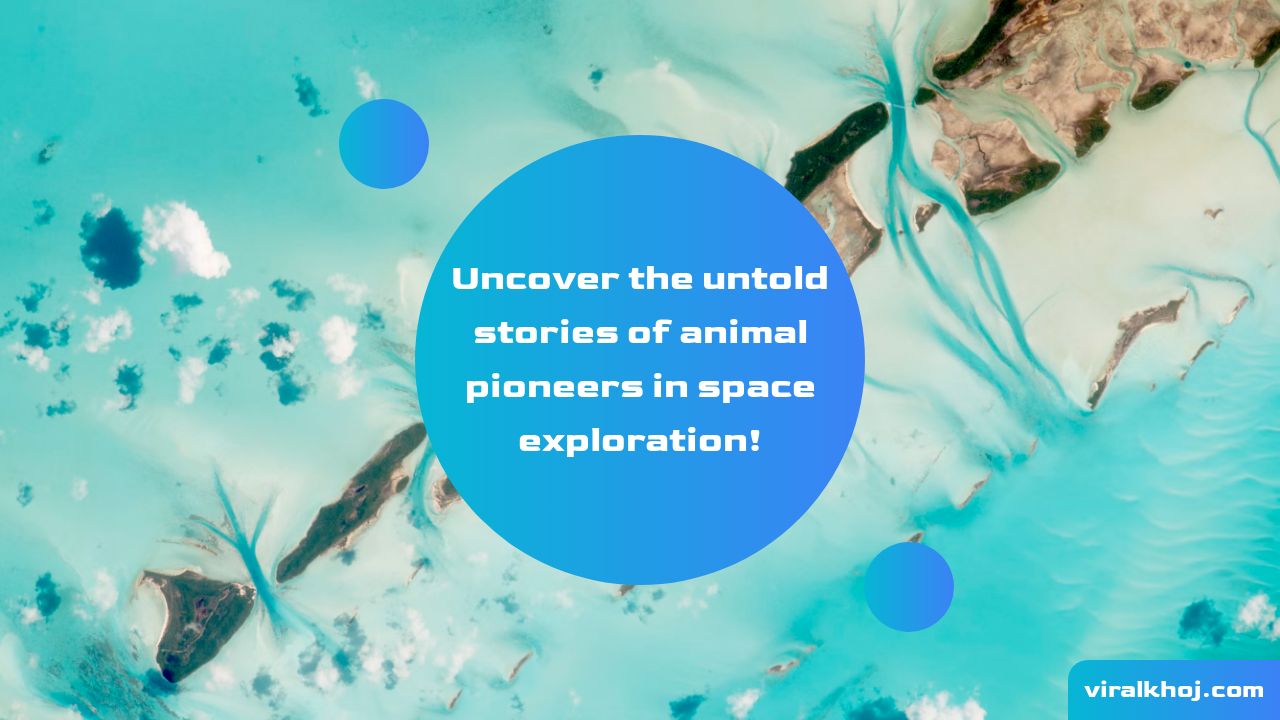
The Historic Flights of Animal Astronauts: Pioneers in Space Exploration
08 Jul 2024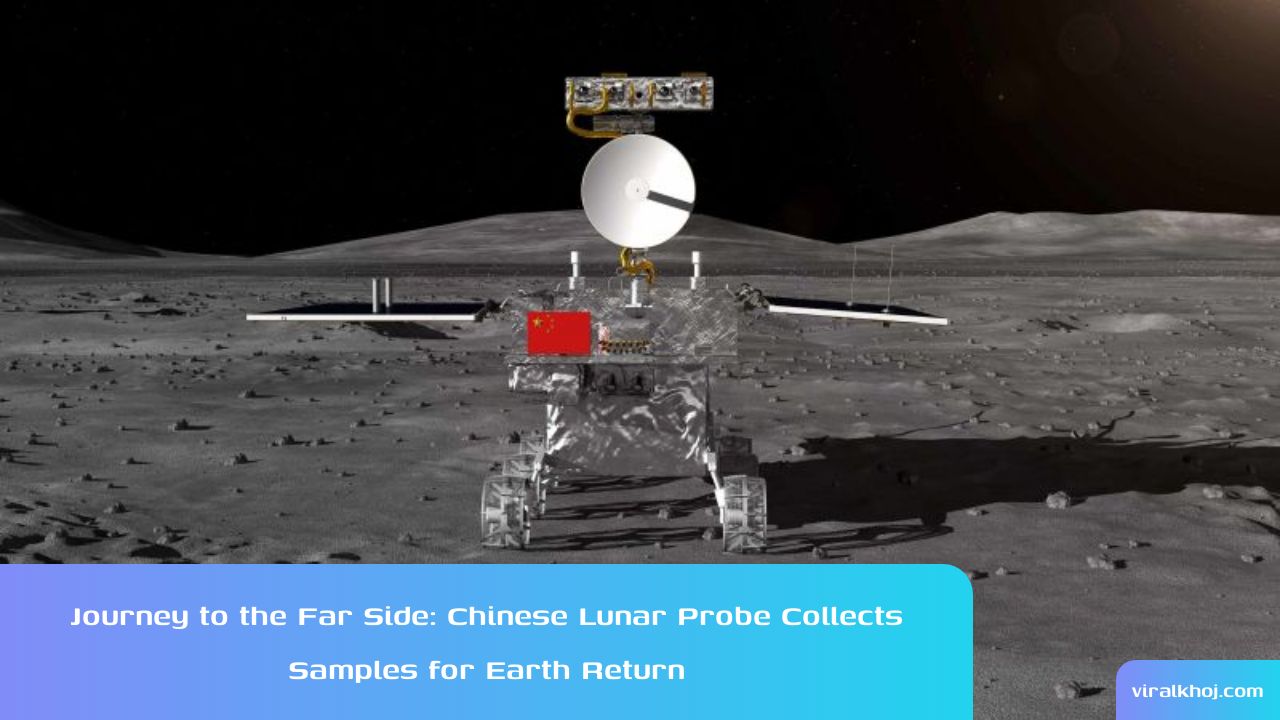
Chinese Lunar Probe Successfully Takes Off from Far Side of the Moon with Samples to be Returned to Earth
06 Jun 2024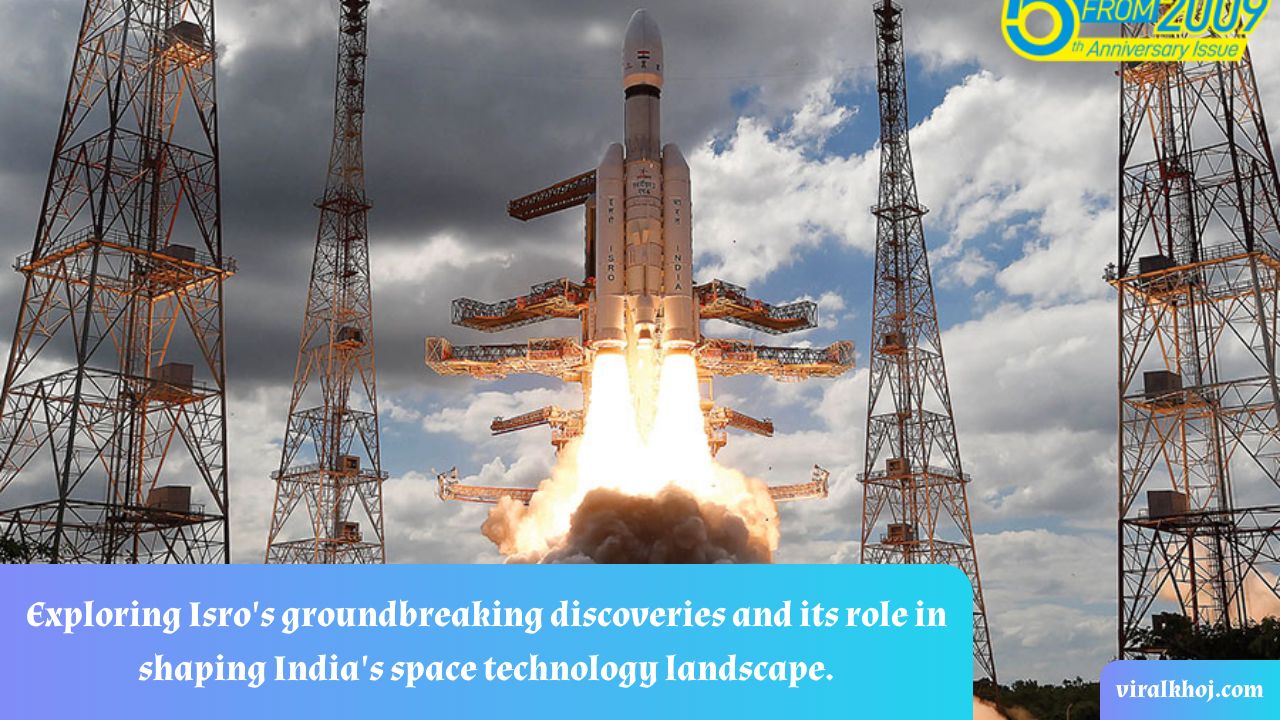
Isro's Impact: From Discovering Water on the Moon to Fostering India's Space Tech Startups
27 May 2024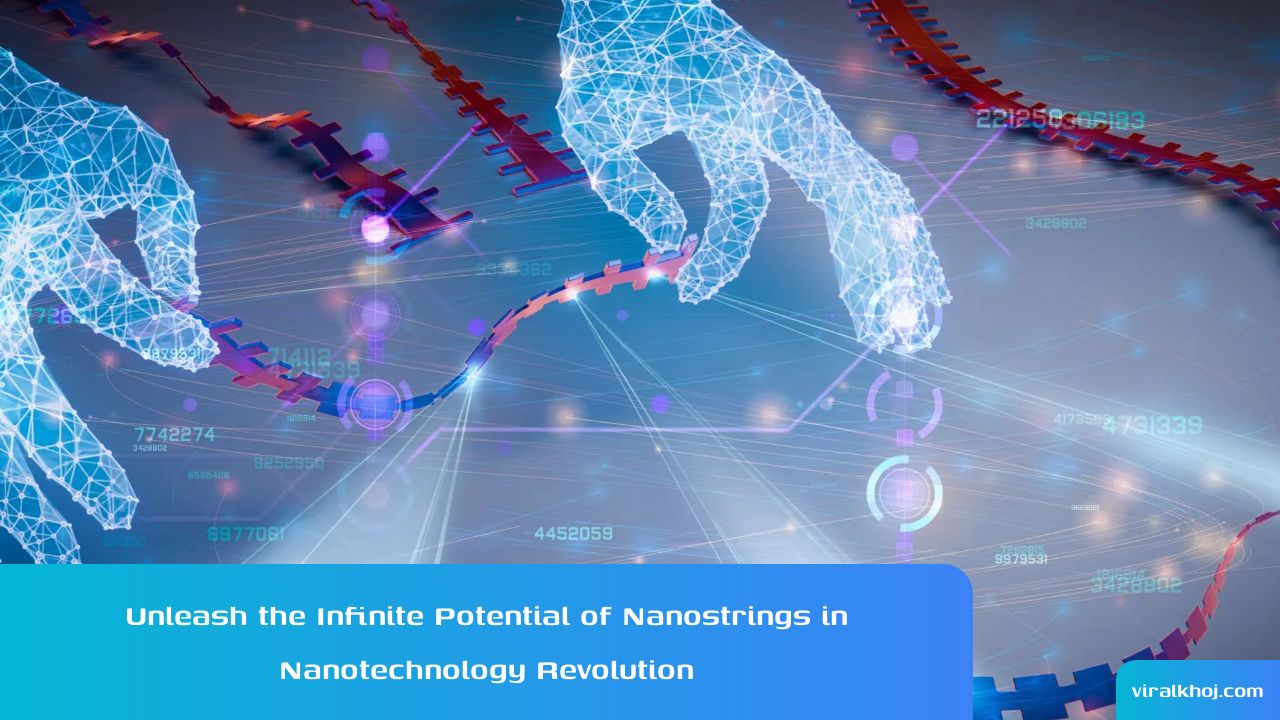
Revolutionizing Nanotechnology: Nanostrings with Almost Infinite Vibrational Capacity
25 May 2024